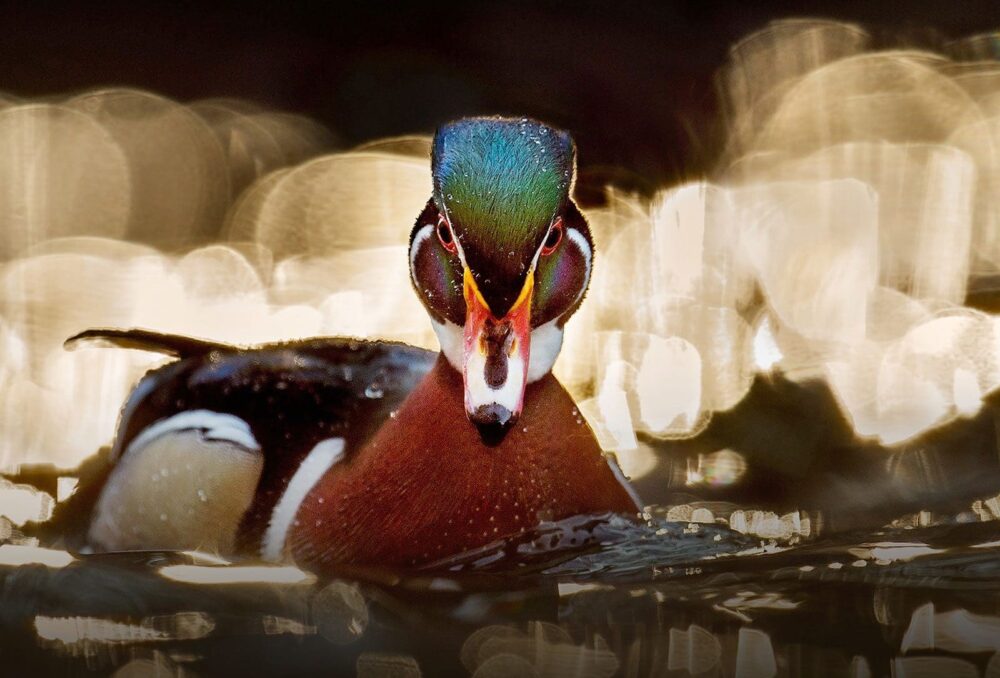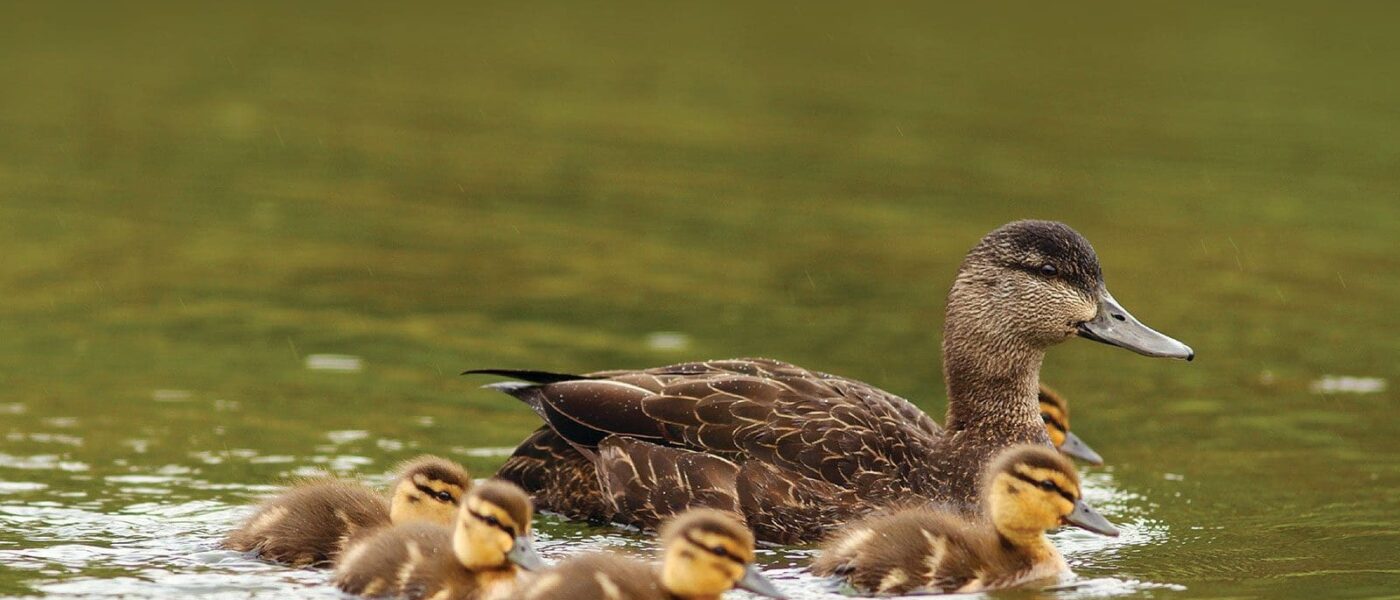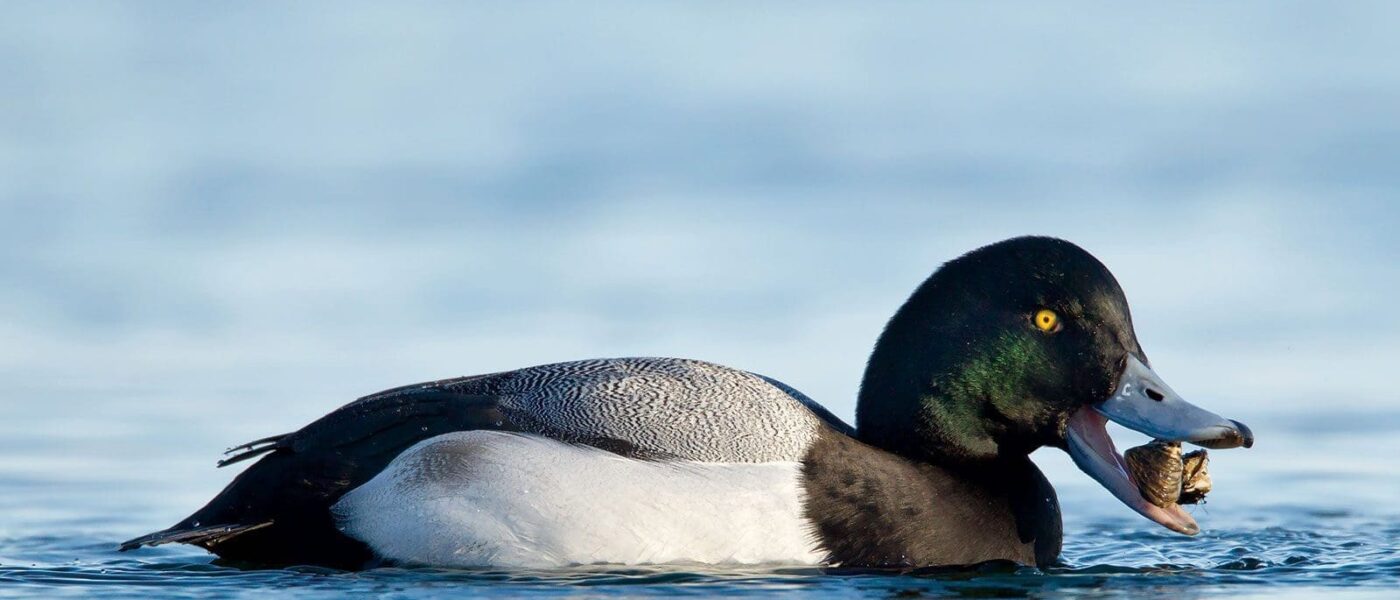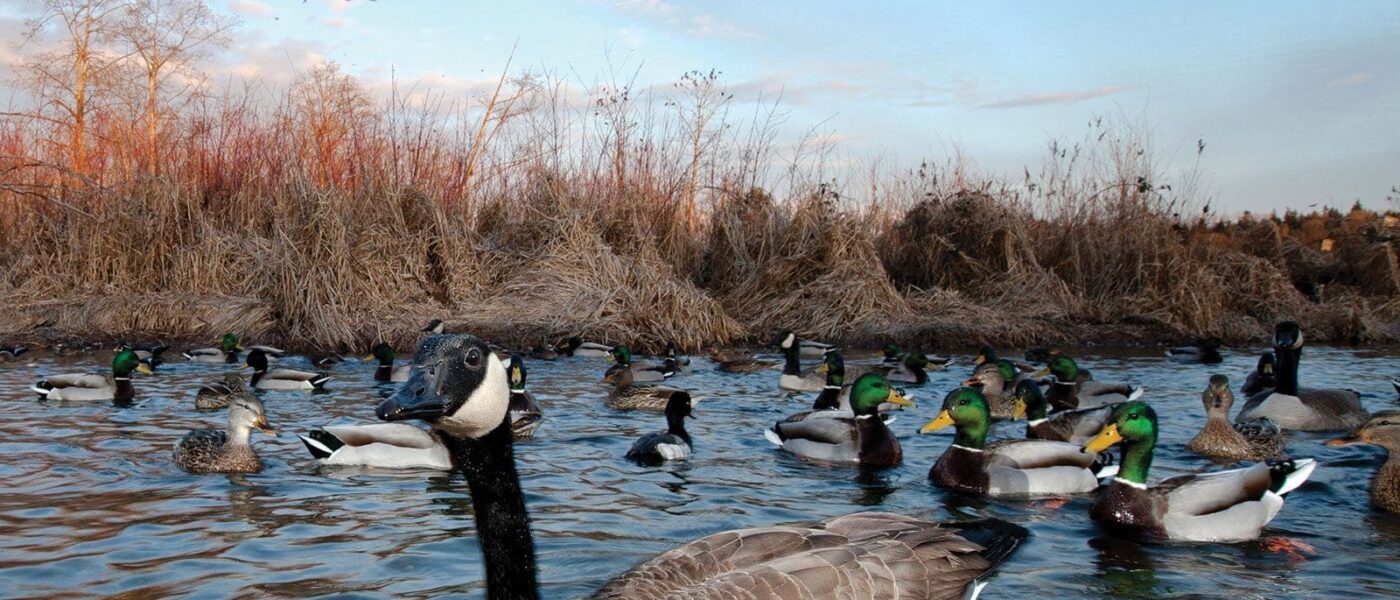Waterfowl and waterbirds are integral parts of wetland ecosystems. Ducks, geese and other migratory birds deliver more valuable benefits to our environment and to us than we realize.
By Lauren Rae May 22, 2020

As dedicated conservationists, we’re committed to ensuring that waterfowl have the habitats they need to thrive. But what have they done for us, lately? Turns out, it’s a whole lot.
Many of us get unspeakable joy from being near a local wetland at sunset as flocks of birds return from an evening of feeding. Others treasure the family tradition of setting up a blind in the marsh on a brisk autumn morning.
After decades of successful conservation work spanning North America, waterfowl populations are strong, bringing with them endless opportunities for us to enjoy their beauty and bounty.
But there’s more to appreciate about our feathered friends than you may realize. As ambassadors for the ducks, we feel compelled to highlight some of the lesser known and unique services they provide. Allow us to sing (quack and honk) their praises.

Waterfowl help biodiversity with wetland-to-wetland delivery
Waterfowl and waterbirds are integral parts of wetland ecosystems. They’re large-bodied and often airborne, which makes them relatively easy to observe. And they’re mobile; travelling far distances and stopping at multiple wetland sites along the way. Every time they splash down at these migratory pit stops, they leave something behind, like an avian Amazon delivery driver.
Last year, DUC restored more than 50,000 acres (20,200 hectares) of wetlands. When waterfowl visit these newly restored habitats, they can establish biodiversity by introducing plant, invertebrate, amphibian and fish species from other sites. Frog eggs might get transported from pond to pond if they are stuck on a goose’s foot, for example. Insect larvae that survive in a duck’s intestinal tract might get deposited in a wetland far from where it was ingested.
This wetland-to-wetland delivery method works for established ecosystems, too. In the face of climate change, dispersal by waterbirds can help a species shift its range. As conditions get warmer, waterfowl can help other species expand northward to climates where they can continue to be successful. It also helps keep a species’ gene pool diverse, making it easier for the species to avoid inbreeding and adapt to changing environments. Having many types of genes gives species a stronger toolkit for facing adversity. Either way, dispersal by waterbirds can benefit individual species and enhance biodiversity in wetlands.

How birds help with pest problems and invasive species
Introduced or invasive species often raise a red flag—and rightfully so. They wreak havoc on natural ecosystems and have major economic consequences. Although they could potentially spread undesirable species to new areas, waterfowl can be of help here, too. For instance, diving ducks like scaup feed on invasive zebra mussels and can decrease their abundance. The same holds true for plant pests. Ducks that winter in flooded rice fields eat the seeds of weeds, giving the farmer a leg-up the following growing season. Ducklings, too, can make a dent in pest populations. They eat a lot of larvae that would otherwise become pesky, biting mosquitoes.

Security detail provided by Canada geese
Canada geese are notorious for protecting their nests and goslings during the breeding season. This aggression can benefit other birds nesting nearby, keeping predators—and people—at a safe distance, which helps survival of young birds regardless of their species.
Waterfowl help ecosystems and the economy
Anyone that has a hard time appreciating the many ways waterfowl help ecosystems should know that they contribute financially, too. With all that hunters invest in waterfowling, a single duck is worth $26 in the Canadian economy (not to mention that northern communities have traditionally subsisted on waterfowl harvest and it continues to be a cornerstone of many cultures). And in Iceland, one of the last remaining locations where down from non-domesticated ducks is harvested, eider feathers bring $40 million to retail markets.
The ripple effect of conservation
It’s comforting to know that, whatever our reasons for conserving wetlands, our work on behalf of the ducks supports hundreds of other species, including ourselves.
